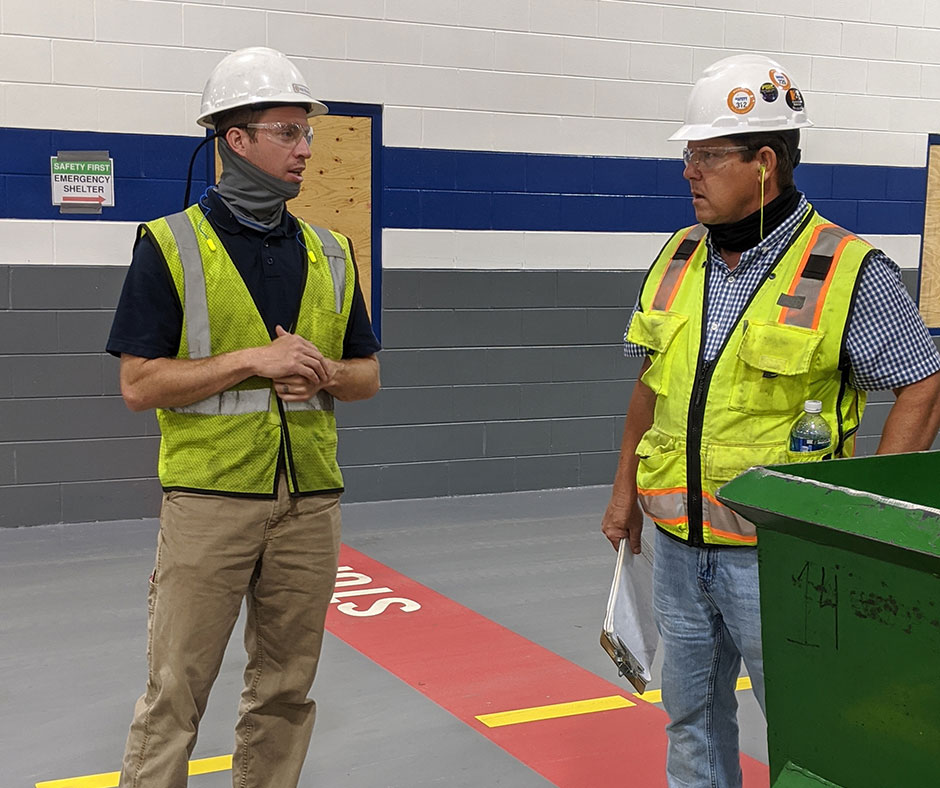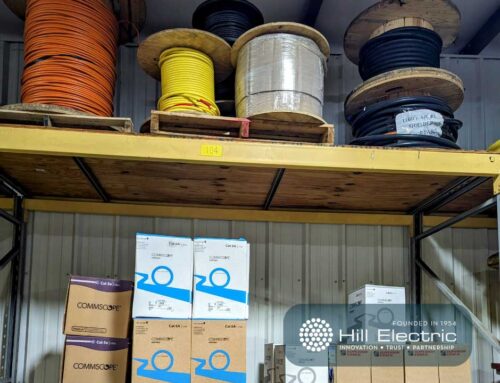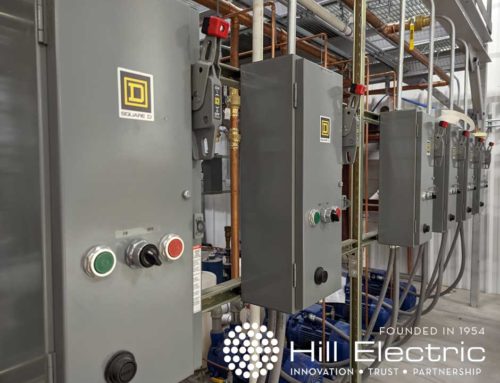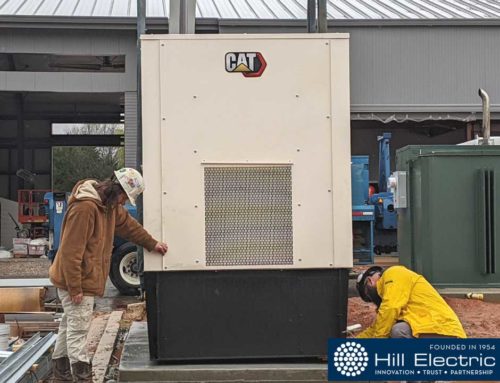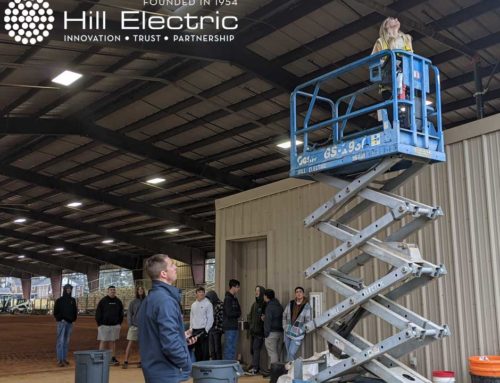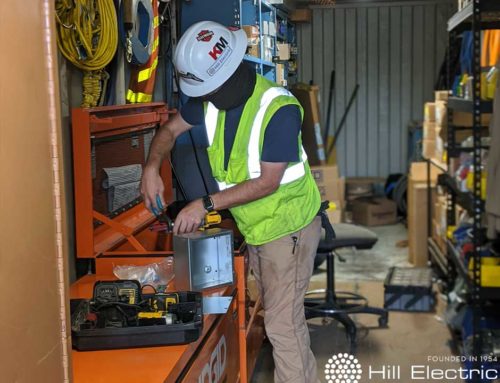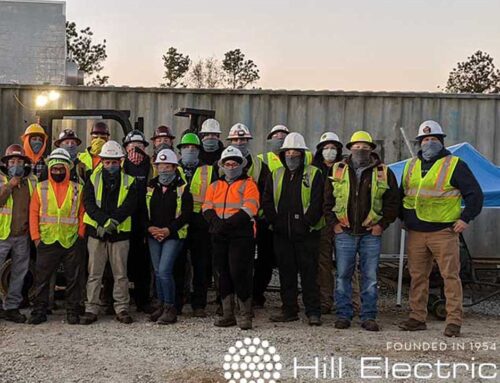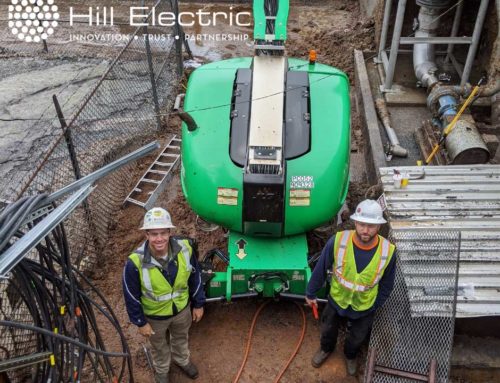How to Know When it’s Time to Grow
While many businesses understand that the goal for a business is to keep growing, that doesn’t necessarily make the growth process any easier when it comes time to move forward. In fact, for many manufacturers, plants and large-scale companies, growth can signal a significant challenge in workforce planning, space, location and timeline.
So how do you know when it’s time to grow, and what do you need to do along the way to ensure the process of expansion (and a likely shutdown) is as successful as possible? In this article we’ll cover how you know it’s time to grow, and what you need to do once you make the decision to expand your facilities or production line.
Indicators of Growth for Manufacturers
It’s true that while growth and facility expansions aren’t always fun, the reality is that they aren’t always needed, either. To ensure you don’t get too big too fast—and disrupt your staff and your bottom line in the process—here are ways to identify that it might be time to think bigger.
You have to outsource or add shifts
If you find that you’re having to increase production overnight—either by outsourcing to another company, adding shifts or adding staff—it’s probably time to look toward expanding your facilities and production layout. Take an honest assessment of where your business is coming from, and how stable the pipeline is, to determine if it’s just a fluke or the “new normal” for your business.
You’re expecting a business boom
If you haven’t had to increase staff and lines yet, but there are indicators that you may have some big projects coming in the near future, you may want to consider how that surge will affect your productivity when it arrives. After all, the best time to plan an expansion is right before you actually need it, so that you’re ready to roll as soon as it’s up and running.
You need to increase your bottom line
Depending on how your costs lay out, adding another line may be a better way to cut costs than increasing staff or adding a shift. If you need to increase your bottom line—by improving your per-unit cost, reducing labor or even improving speed and customer service, an expansion may be a fiscally sound way to do that.
How to Plan for an Expansion
If, after looking at all the evidence, that an expansion is in your company’s future, there are a few things you can do to help it go smoothly—from day one until your shutdown ends and the power comes back on. Here are a few ways to plan a successful expansion for your production line.
Consider your options
If you’ve decided to expand, there are a number of ways to do that outside of adding more equipment and space. It may be more financially feasible to add new updates to your equipment, or even outsource some of your business (especially helpful if the surge in production is more temporary). Make sure you and your team explore all your options for increasing productivity—from the practical nature of logistics and timeline to the budget and staff requirement and hiring atmosphere—before you make a final decision.
Determine your needs
What is it that you actually need? Do you need higher productivity, or has your industry made a shift that you need to plan for in the future? Do you need a production line that never stops in order to fulfill your commitments, or will a new machine allow you to speed up timelines and estimates? Before you order that million-dollar piece of equipment, make sure that it will actually solve the challenge you are experiencing.
Determine budget and timeline
Similarly, making sure that whatever plan you decide to implement works well within your current (or at least conservatively projected) budget and timeline. Keep in mind that expansions can take anywhere from months to years, so there’s no need to rush the decisions; in fact, you’ll do far better to make sure you make the right decisions, no matter how long they take.
Get stakeholders on board
By this point, some of your stakeholders will already be on board—likely your executive leadership, your facility managers, plant engineers, or at the very least your finance or purchasing departments and production supervisors. Still, it’s a great time to ensure that you have everyone you need on the team—and not just within your own company’s roster, but outside, as well. Go ahead and choose the contractors that will help you make the plan a reality; they will likely have necessary insight as you begin to plan about considerations you’ll need to take for funding, timing and even staffing.
Finalize a plan
With stakeholders in place and a rough idea of what you need to do and by when, sit down with your installation and expansion team and draft out a plan. This planning meeting should include all parties involved in the projects—from your own team members to any contractors providing service—in order to ensure you’ve planned for all outcomes and steps along the way. Keep in mind that each contractor or team member might have a different focus, so all of the factors should be considered in the master plan. Once you have an agreed-upon timeline and project plan with your team, work backward to ensure that you plan for all the elements of the machinery installation and subsequent shutdown.
At Hill Electric, our goal is to continue to build a team that focuses on quality and excellence along every step of each project we touch, and we’d love to help you along your next expansion project. If you’d like to find out more, or would like to know more about what we can do for you, please contact us and let us know.

